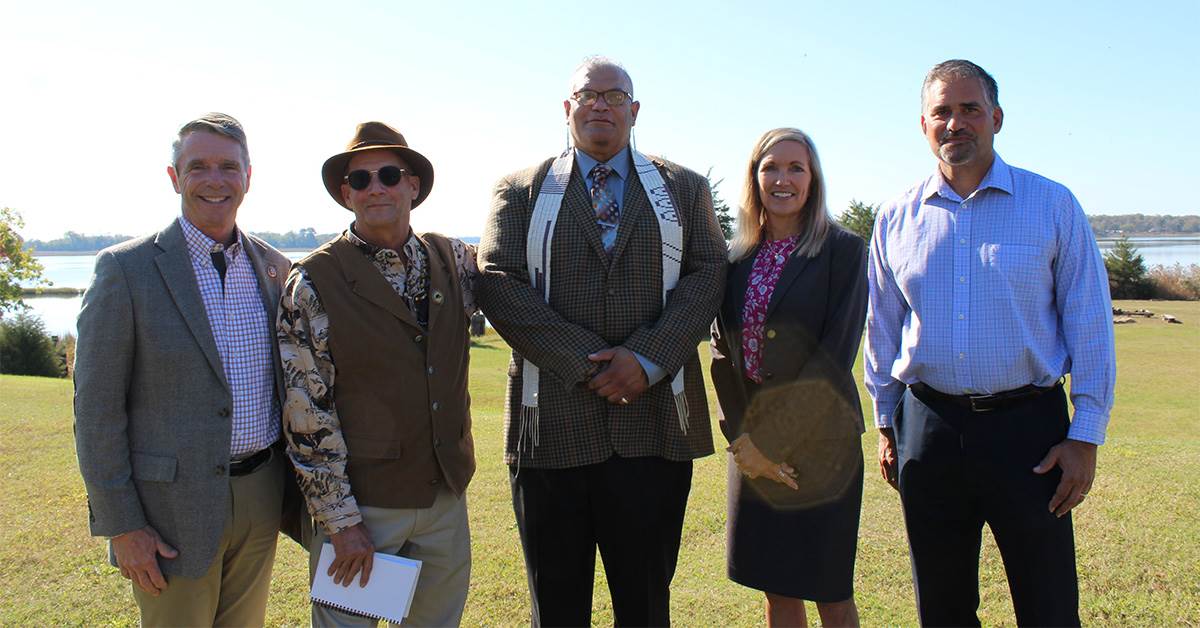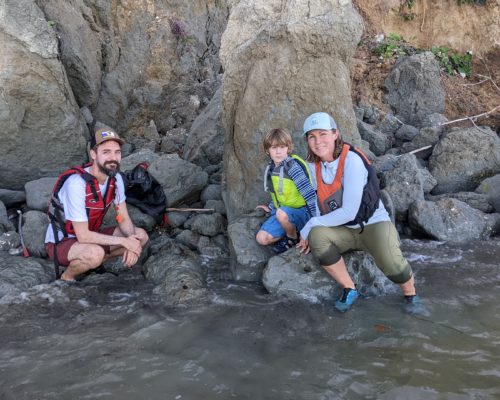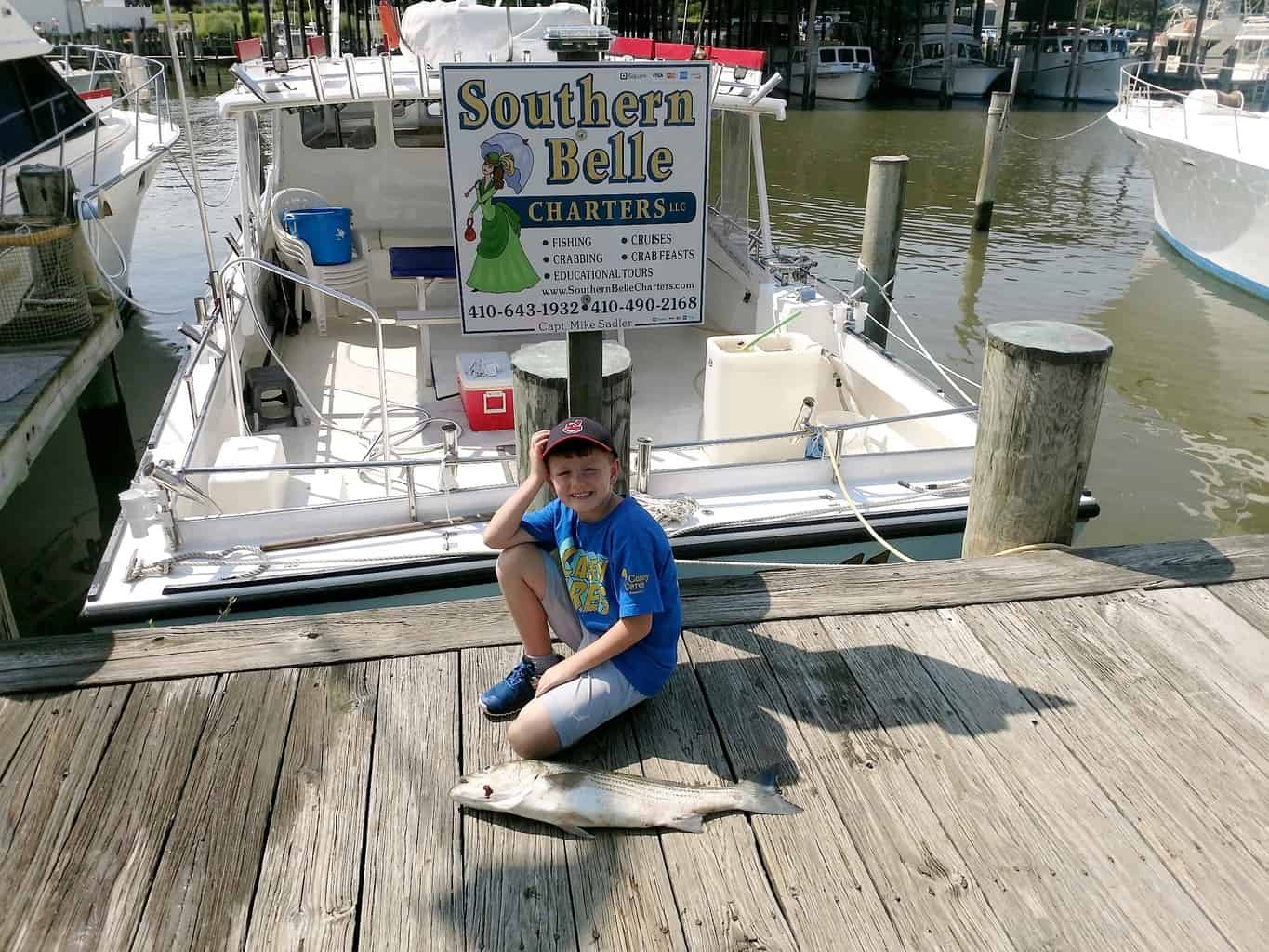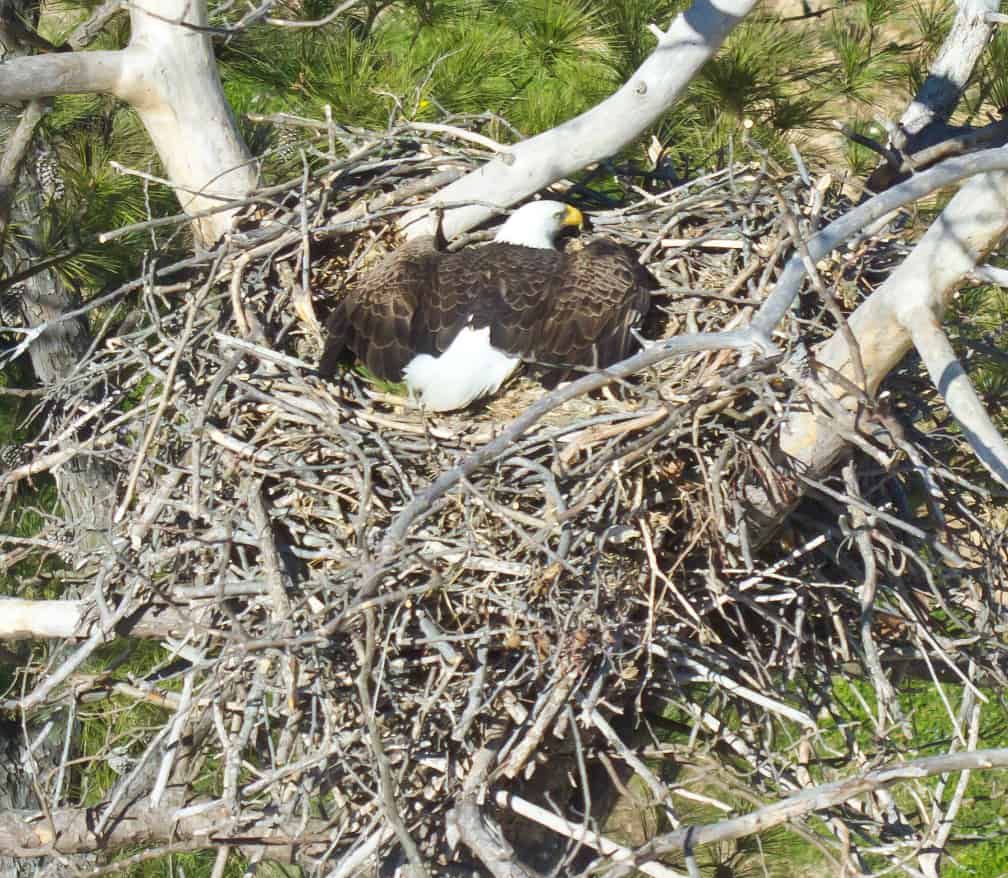After 350 years of efforts, Virginia’s Nansemond Indian Nation has reacquired 508 acres of ancestral land now known by the name of Cross Swamp.
This prime forested wetland lies along the east side of the Tribe’s natal river at the northwest corner of the Great Dismal Swamp, abutting the Nansemond National Wildlife Refuge.
The family that most recently owned the swamp approached Ducks Unlimited (DU), who brought in a team to return the land to the Tribe. DU and the Virginia Outdoors Foundation assembled support from Dominion Energy, the Enviva Forest Conservation Fund, the North American Wetlands Conservation Act grant program, and The Mary Morton Parsons Foundation.
Together, they provided $1.1 million in grants to acquire the property and donate it to the Nansemond Nation for protection and stewardship.

From left: Rep. Rob Wittman, Assistant Chief Dave Hennaman, Chief Keith Anderson, Karen Waldrop and Ken Custalow of Ducks Unlimited celebrate the return of ancestral lands to the Nansemond Indian Nation. Photo: Emily Austin, DU
In particular, the Tribe will now be able to develop a conservation program, educate tribal youth about their historic ties to the land, and strengthen coastal resilience for future generations.
Cross Swamp ties in well with the Nansemond-owned Mattanock Town Tribal Center that lies along a tidal creek across the river. As the Tribe puts it, “Our people lived in settlements on both sides of the Nansemond River where we fished (with the name Nansemond meaning Fishing Point), harvested oysters, hunted, and farmed in fertile soil.” The Nansemond people saw rivers as uniting their villages, not separating
them, so the proximity of Cross Swamp to Mattanock Town adds to its overall value. The
property fits well with the Tribe’s three environmental initiatives of oyster restoration,
invasive plant removal, and native plant restoration.
Cultural anthropologist, author, and scholar of Virginia’s Indians, Helen Rountree (an honorary member of the Nansemond Nation), says, “It is really going to be theirs. It’s not going to be on a lease…We know that it’s going to be protected indefinitely. A swamp that is really left in peace to be itself and yet the Tribe is able to show how their ancestors used the swamp as hunting and foraging territory and later as a refuge when the English settlers pushed them out.”
For more on the Nansemond Indian Nation’s stewardship of their homeland, visit their illustrated ArcGIS StoryMap, Indigenous Life on the Nansemond River: Our Story of Cultural Revitalization
through River Stewardship.
-John Page Williams



